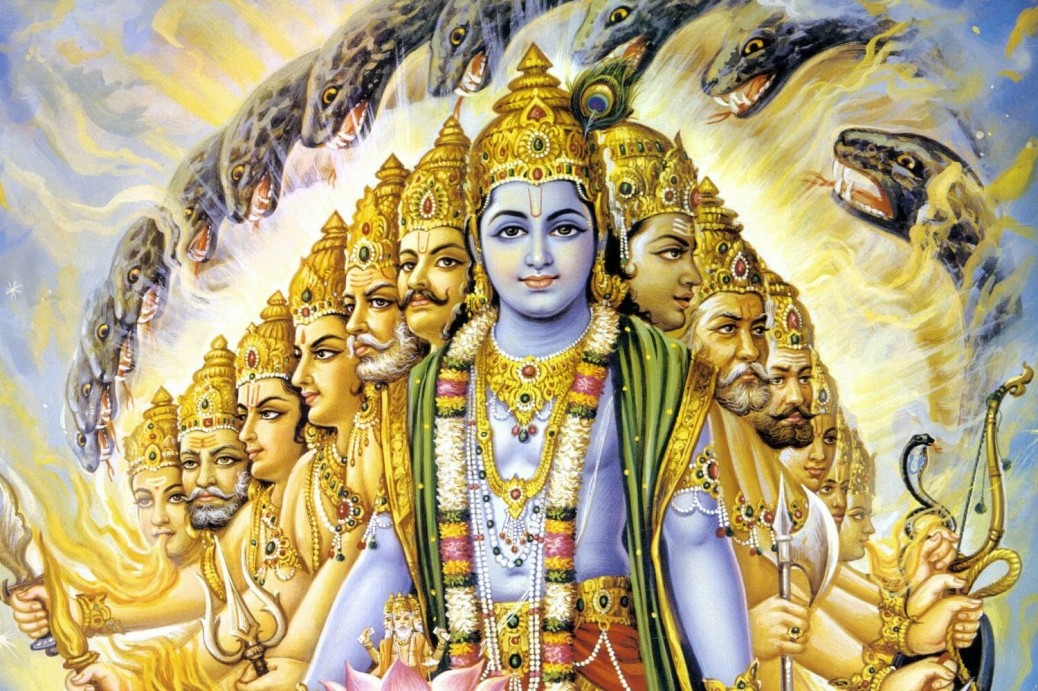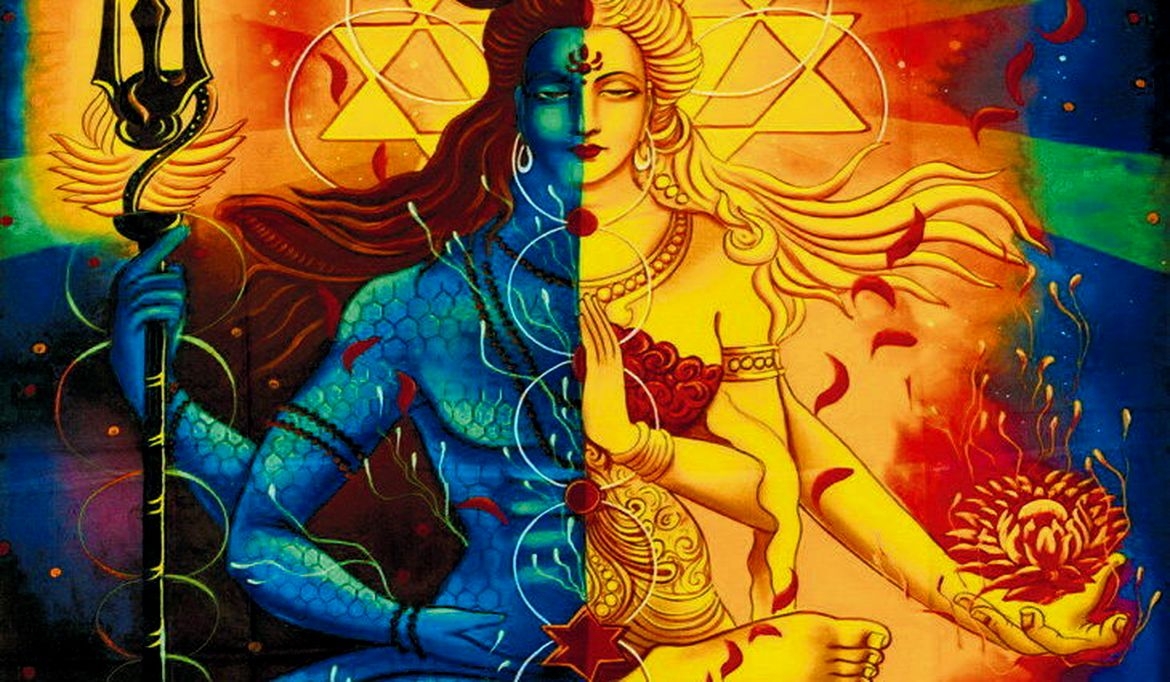Go Beyond – In Gita Verse 1.24 Sañjaya said: O descendant of Bharata, having thus been addressed by Arjuna, Lord Kṛṣṇa drew up the fine chariot in the midst of the armies of both parties.
Sañjaya reported to Dhritarashtra that upon Arjuna’s request, Lord Krishna positioned the distinguished chariot in the centre of the two armies, addressing the assembled warriors, including Bhishma and Drona. Krishna then instructed Arjuna to observe the Kauravas gathered before them.
Sañjaya’s description of the chariot as ‘fine’ underscores its exceptional nature. While many chariots were present, Arjuna’s was unique because of its charioteer, Krishna. This distinction emphasises that the person guiding the chariot, rather than the chariot itself, holds paramount importance.
We can draw a parallel to our everyday experiences: the driver significantly influences the car’s movement and behaviour. Though the car remains the same, its handling differs based on who is driving. Similarly, onlookers adjust their behaviour based on the driver’s actions.
This analogy extends to our lives. While our bodies may be similar, the source of our actions – whether from the mind or our deeper consciousness – makes a significant difference. Actions stemming from the mind often appear superficial, manifesting as anger, anxiety, sadness, or violence. Conversely, actions originating from our inner consciousness are profound, expressing silence, compassion, and gratitude.
Arjuna’s choice of Krishna as his charioteer was deliberate. When both Arjuna and Duryodhana approached Krishna before the battle of Kurukshetra, Arjuna, arriving later, positioned himself at Krishna’s feet. Upon awakening, Krishna offered them a choice: his formidable Narayani Sena or himself as a charioteer, with the condition that he would neither fight nor wield weapons. Arjuna chose Krishna, while Duryodhana, unable to believe his luck, opted for the Narayani Sena. Duryodhana failed to recognise that while he gained physical strength, Arjuna secured mental and spiritual prowess. Krishna provided crucial intelligence, guidance, and insight into the weaknesses of the Kaurava warriors.
Arjuna’s decision was strategic. Among the Pandavas, Arjuna was the preeminent warrior. While Yudhishthira was wise, he lacked the martial prowess to confront formidable adversaries like Bhishma, Drona, Kripa, and Karna. Bheema, though powerful, was more suited for physical combat and could not effectively counter the strategic challenges posed by these warriors. Arjuna, however, required strategic advice to complement his exceptional skills in archery, which necessitated quick reflexes and tactical thinking – qualities Krishna epitomised.
Krishna’s act of positioning the chariot in the middle of the battlefield carried profound significance. He conveyed to Arjuna the importance of maintaining balance and not being swayed by external circumstances.
Living with awareness in the objective world is fundamental. This awareness allows one to navigate daily activities, interactions, and various emotional states – whether joy or anger, success or failure – without being overwhelmed. By staying centred, one can handle life’s fluctuations with equanimity, avoiding extremes.
Gautam Buddha’s teachings underscore the importance of achieving balance between extremes. By adhering to the middle path, individuals can transcend the limitations imposed by these polarities, fostering personal growth and enlightenment. Buddha’s profound insight reveals that the middle path is a state of transcendence, enabling individuals to overcome dualities. Leaning towards extremes fosters attachment, impeding transcendence. Thus, the middle path is not just about equilibrium but about transcending dualistic nature.
The notion of the middle as a transcendent state is a significant contribution to spiritual understanding. By maintaining balance, one can rise above dualities such as good and bad, ordinary and extraordinary, knowledgeable and ignorant. The middle is beyond these dichotomies, offering a path to transcendence that is comparable to achieving nirvana, a state characterised by immense peace, silence, and bliss.
Buddha described this transcendent state as nirvana. Contemplating or visualising it can induce profound peace and inner silence. Achieving this middle state would bring unparalleled ecstasy, bliss, and blessings.
Krishna’s act of positioning the chariot in the middle during the Mahabharata symbolises his guidance for Arjuna to transcend dualities and reach a higher state of consciousness. Although Krishna did not verbally communicate this, his placement of the chariot conveyed a profound message that transcends words.
Tags: Go Beyond





